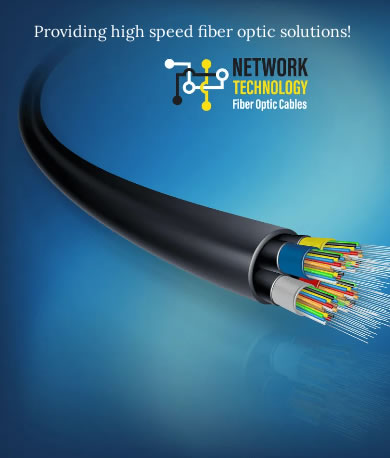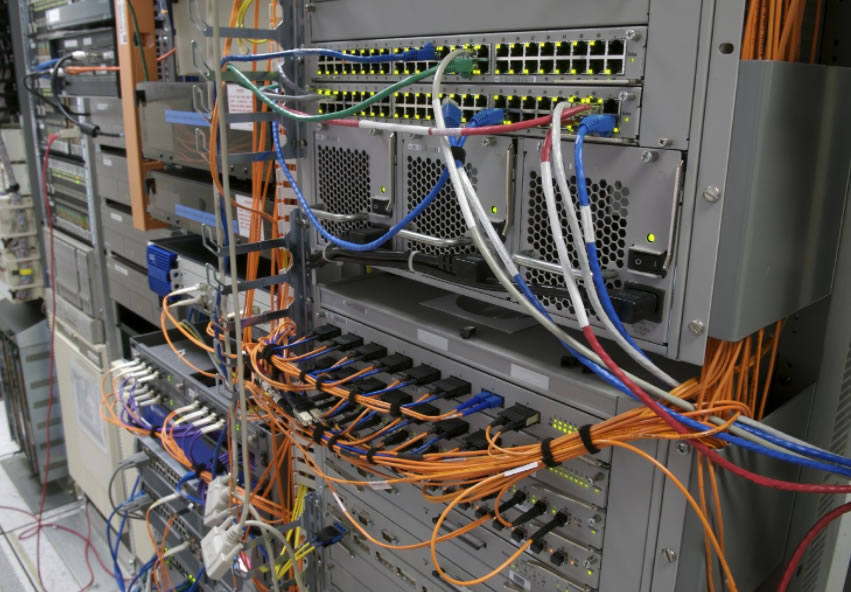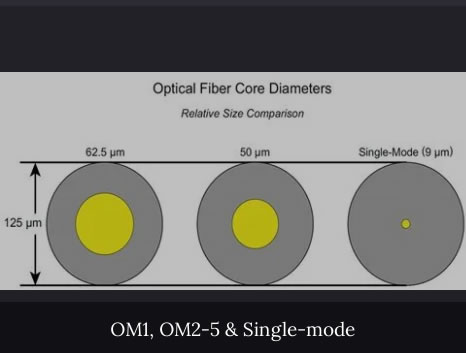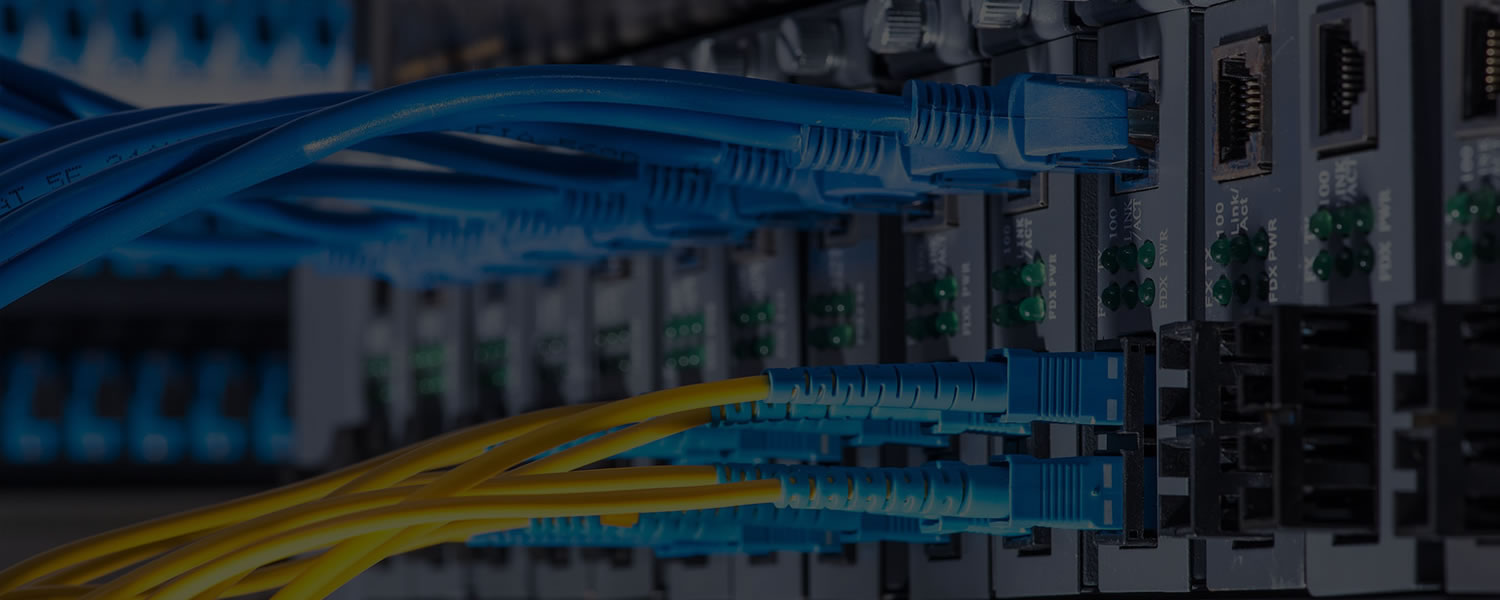Is Fiber Optic Cabling Right For Your Network?
In the world of networking, speed is everything and the faster you can get your data the better… and we all realize that when we have a slow Internet connection.
Of course things like reliability are also important but if your network is crawling then it won’t make much difference if you can’t do your work or access your files because things are too slow. Network cabling makes a big difference when it comes to reliability and performance since it’s the medium that carries the data over the network.


Fiber rather than Ethernet?
Because fiber optic cables use light rather than an electrical signal they are not affected by RFI (radio frequency interference) or EMI (electro-magnetic interference). Using this method also allows for the use of longer cable runs because the signal does not have to be repeated or regenerated to keep its signal strength. Fiber optic cable does have distance limitations though which varies depending on the type and speed. For example 100Mbps cabling has a limit of 2 kilometers while 10Gbps cabling has a limit of only 300 meters depending on the specifications of the cable. Fiber optic cabling also comes in a 10Gbps speed with 40Gbps and 100Gbps starting to make their way into datacenters as well.

Multimode vs Single-mode Fiber
There are two main fiber optic cable types in use today, Single-mode and Multimode. They differ in how they are made, the speed they can transmit data at and the distance in which it can send that data.
Multimode
- Larger 50 or 62.5 micron (μm) core
- Allows multiple modes of light to traverse through the cable allowing more data to pass through at a given time
- Typically used in-building between closets
- High bandwidth and speed over short to medium distances
- Signal quality is reduced over long distances
- Cheaper transceiver cost
Single-mode
- Smaller 9 micron (μm) core (lower loss limits)
- Allows one mode of light to traverse through the cable which lowers attenuation which allows the signal to travel further.
- Used for longer distance cable runs
- Higher bandwidth than multimode cabling
- More expensive transceiver cost


